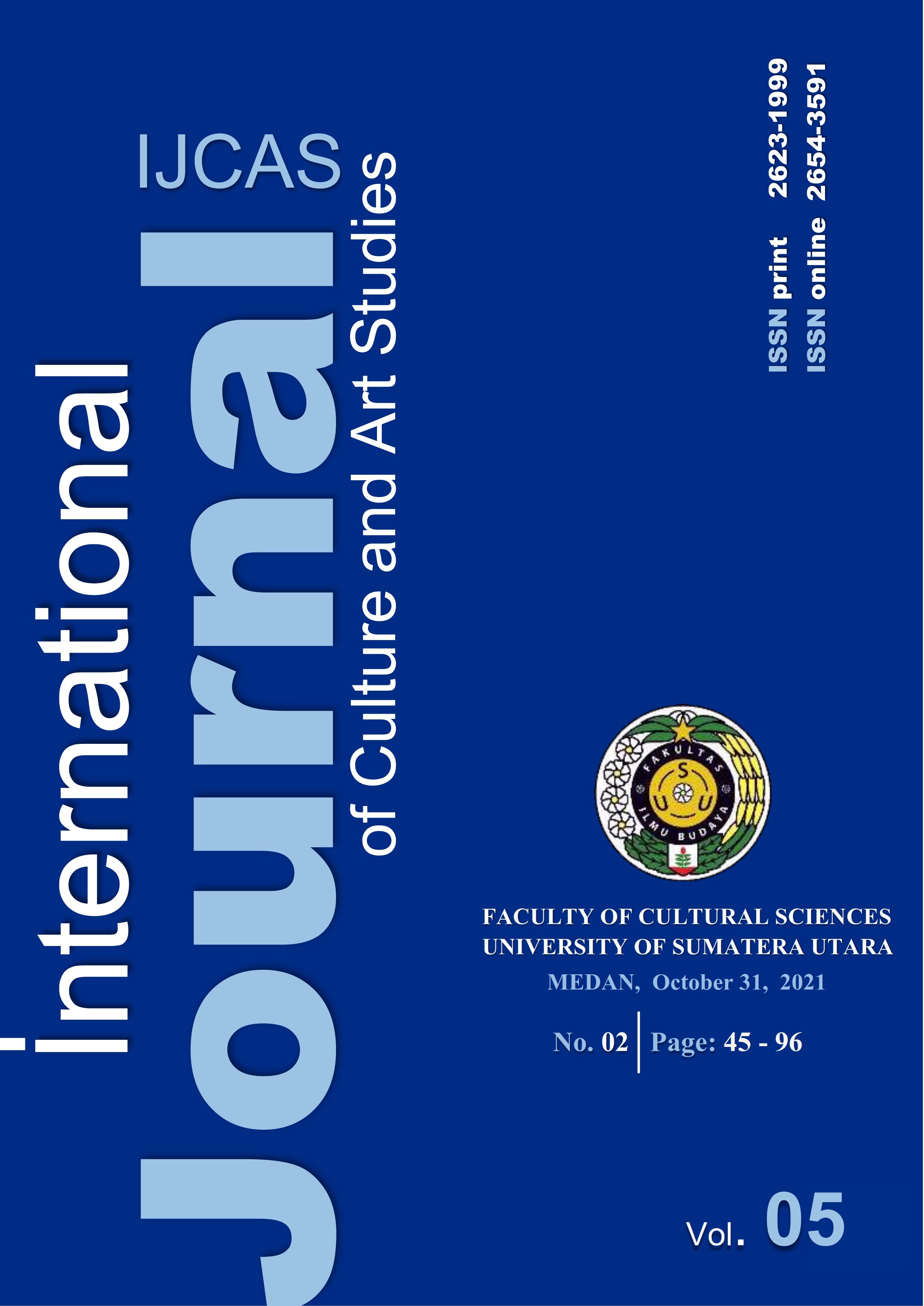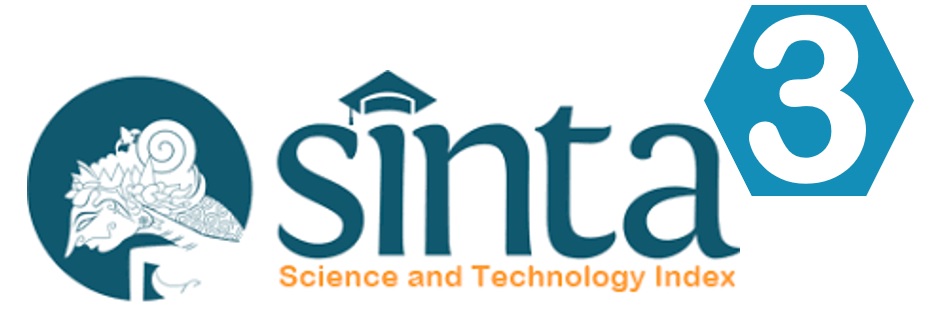Different Understanding about the Other Shore: the Introspection Study on Chinese and Western Art under the Natural Disaster
DOI:
https://doi.org/10.32734/ijcas.v5i2.6780Keywords:
Art, Chinese culture, Introspection , Life and death, PestilenceAbstract
No matter what the different cultural backgrounds are, they will always collide and generate divergence on the same point of intersection and then continue moving forward in the direction of collective cognition. At present, the global world is facing severe pestilence disasters; China Art Circle made many responses immediately at the beginning of the epidemic situation and tried to fight the epidemic situation, encourage the front-line medical staff and provide energy for them. However, when the epidemic situation in China trends to calm, the art theme about the epidemic situation also suddenly keeps silent. It looks like calm without great waves; however, through investigating Western art, it is found that the Western Art Circle has different orientations on the attitude to disasters; considering its inner core, it maps the further understanding of groups with different cultural backgrounds on the cognition of other shores of life- different life and death idea influence the social outlook, view of life and expectation of life fate of different groups. Meanwhile, they also promote the society to show different introspection paths while facing disasters. The study uses empirical analysis to identify and collect the image information from classical paintings of the East and the West. The results show that compared with Western art, Chinese art conveys a message that focuses more on maintaining the country's stability.
Downloads
References
Askar Nur. (2021). Cultural Reproduction in the Charles Dickens' Novel Great Expectations (Pierre-Felix Bourdieu Theory) . International Journal of Culture and Art Studies, 5(01), 10-20. doi: https://doi.org/10.32734/ijcas.v5i1.4866
Ernst Cassirer. (1985). An Essay on Man. Shanghai, , China: Shanghai Translation Publishing House.
Li, S.(2011). Commentary of Zuo Authentic. Beijing, China: Huaxia Press.
Li, W.(2012). Differences between Chinese and Western Sense of Heroes under Comparative Perspective. Academic Research, 19(04), 99-101. doi: CNKI:SUN:YXST.0.2012-04-027.
Tang, D. X. (2011). Why Research Disasters and Epidemic Culture?- Exploring the Root Cure Method of Current Disasters and Epidemic. Journal of Southwest University of Nationalities, 32(11), 21-26. doi: 10.3969/j.issn.1004-3926.2011.11.003
Yu, X.Z.( 2021). A Preliminary Study of Plague Culture in Traditional Chinese Plague Narration. Historiography Collection, 65(02),19-27. doi: CNKI:SUN:SHXZ.0.2021-02-005.
Zhang, S. S., Song L.. (2018). China Folk Culture Cultural Development Report 2016. Jinan, China: Shandong University Press.
Zhang, Y.M. & Zelin, D. (2009, June 5). Art Does Not Only Records Disasters, But Also Discovers Life. China Art Daily, p.1. doi: 10.28155/n.cnki.ncysb.2009.000999
Zhi, Y.(2011). Disaster Art in the Post Metaphysical Era: on The Significance, Depth and Aesthetic Character of Chinese Contemporary Disaster Literature and Art. social science research, 32(02), 20-26. doi: CNKI:SUN:SHYJ.0.2011-02-006.
Downloads
Published
How to Cite
Issue
Section
License
Copyright (c) 2021 Dr. Sun Zhi-hao

This work is licensed under a Creative Commons Attribution-ShareAlike 4.0 International License.













